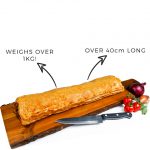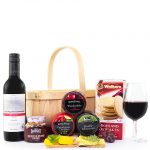Whisky is made and distilled in its barrel at first. If you were to pour a glass before aging, it would look clear like vodka or gin. It also has more of a malted barley taste. Over time, the flavours and colour mature into the drink we know and love. Of course, aging is not simply about giving it time. There are a few factors that will influence the outcome.
Determining the flavour
There are two main factors that will influence the flavour of the whisky. The first is the wooden barrel in which it is aged. The second is the environment in which the barrel is stored. Oak barrels are the traditional choice. These barrels are charred when built so that they have a layer of charcoal that acts as a filter. This helps rid the spirit of any undesirable flavours. The harsh properties of the young whisky are drawn into the barrel while the wood adds flavour to the spirit.
New versus old barrels
For the most part, new barrels are used for aging bourbon. These barrels are then used to age scotch whisky which generally ages longer than bourbon so that it can soak up all the best flavours from the wood.
How long to age?
This is a question than many people ask. The older the whisky, the more expensive it usually is. Some of the oldest bottles available have been aged for 50 years! A single bottle would set you back approximately $25,000. That said, 50 years is generally where experts will stop in terms of aging. There is such a thing as too long when it comes to aging spirits and they simply will have nothing left to gain from the wood.
Now that you know more about how whisky is aged, you will be able to appreciate the flavour, and the price, of those older bottles that much more! If you have a connoisseur in your life, you can be sure that they will love nothing more than a quality bottle for their birthday or any other occasion.


Be the first to post a comment.